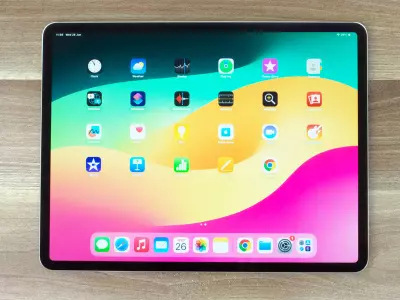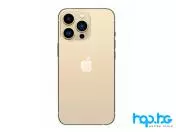Review of iPhone X and why it is the best smartphone
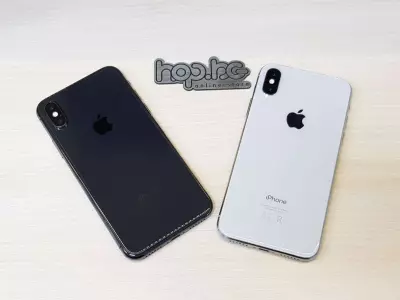
The Apple iPhone X was the big change everyone expected. Three years after its launch, the device is still a great smartphone, even replaced by the latest iPhone XS and iPhone 11 Pro models.
Created ten years after the first iPhone model, the iPhone X is Apple's next-generation smartphone, with the biggest design change since Steve Jobs unveiled the first smartphone in the iPhone series. Another big change is the replacement of perhaps the most iconic feature - the Home button, which is replaced by the option to unlock the device with face recognition Face ID.
In many ways, the iPhone X is special because of the tenth anniversary of the iPhone series, hence the name of the device, but in some ways it was an ambitious step forward.
Of course, the biggest and most anticipated change was the all-new design. It features a glass coating on the screen and back. The device is available in two colors - space gray (Space Gray) and silver (Silver). The frame of the case is polished stainless steel, which shines and captures light just like the Apple Watch.
Changed design
143.6 x 70.9 x 7.7mm, 174g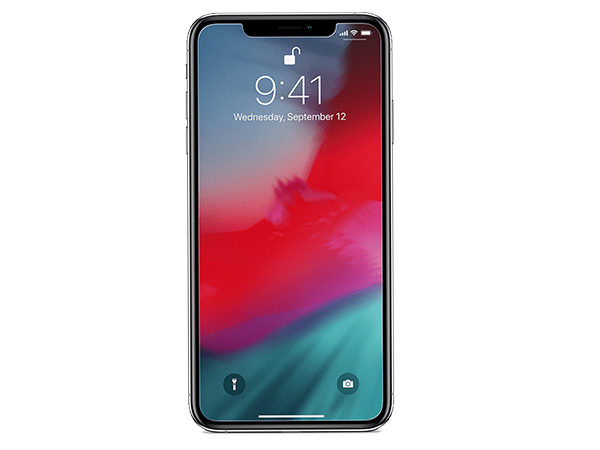
Stainless steel and reinforced glass design
IP67 water and dust protection
End to end Super Retina display
The 5.8-inch end-to-end screen is stunning. At the time of the official presentation, most of Apple's competitors still offer their devices with a top and bottom frame, while with the Apple iPhone X only the speaker and the camera lens are not part of the screen. Even Samsung with their curved designs comes with a top and bottom frame.
Another big change is the move to the rather standard 19: 9 screen format for mobile devices.
The Super Retina display has a diagonal of 5.8 inches, a resolution of 2436 by 1125 pixels and a pixel density of 458ppi (dots per inch). Resolution, pixel density and physical size have been improved compared to the iPhone 8 Plus. Which of course affects the quality, sharpness and depth of the images.
This is not just for viewing photos. Texts and videos have high contrast and clearer visualization. Achieving higher screen quality is thanks to the OLED panel, whose technology Apple decided to integrate into their mobile devices.
Super Retina display
5.8 inch OLED Super Retina display
2436 x 1125 pixels, 458ppi
True Tone, HDR 10 and Dolby Vision support
625 lumens brightness
Thanks to FaceID (face recognition function) you will forget about many difficulties when unlocking the screen - when your hands are wet, you wear gloves or you are loaded with luggage.
Unlock your iPhone with Face ID
Your person's biometric data is used
A secure way based on hardware innovation
You cannot deceive the system with a photo or mask
Compatible with applications, just like Touch ID
Despite the introduction of innovative technologies, proven tools have been preserved. Such as True Tone - an assistant that changes the parameters of the screen when the light in the room changes. Some users will prefer this setting to be turned off because it also changes the color gamut of the screen from warm to cold.
The new way to unlock iPhone X, iPhone XS, XS MAX and XR is via Face ID. The company has tried to present it very well. All processes take place on the device, not on an external server, which will allow you to access the smartphone whether you have internet or mobile connection with the rest of the world.
The setup takes thirty seconds after activation. To unlock the phone, you need to look directly at the sensor to the right of the camera's eye. However, you will also need to use a PIN code as a second unlock option.
The technology behind Face ID scans and maps your face with 30,000 points, checking for depth. So you can't be fooled by a photo and have to recognize eyes, nose and mouth.
Photography enthusiasts will be pleased with the two 12-megapixel main cameras with a wide-angle lens and a photo lens. The big difference with the iPhone X is the optical image stabilization offered by both rear cameras. For fans of selfies or streaming services, the front camera is 7 megapixels and offers the same software enhancements for image depth as the two rear.
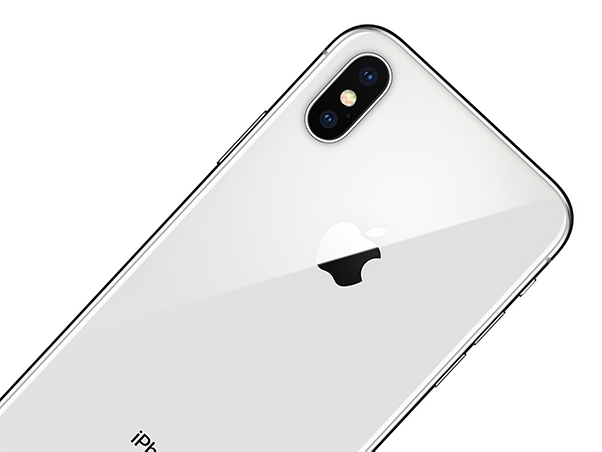 Cameras and photography
Cameras and photography
Two rear cameras of 12 megapixels each, wide angle and telephoto
Optical image stabilization on both rear cameras
Wide angle f / 1.8, telephoto f / 2.4 holes
Portrait lighting
iPhone X is powered by a six-core processor and A11 Bionic chipset. The main hardware improvement is with the video accelerator - more power, high efficiency and low power consumption. Definitely fans of mobile games will be satisfied.
In conclusion, we can agree with Apple's statement that their devices will introduce new standards in the improvement of future smartphones.
Previous post Next postLast publications
Last publications
SmartphoneApple iPhone 13 Pro Max 256GB Gold Like New
- Refurbished
- Leasing
- Fast delivery
510.78 € / 999.00 BGN
495.44 € / 969.00 BGN
SmartphoneApple iPhone 13 128GB Starlight
- Refurbished
- Leasing
- Fast delivery
336.94 € / 659.00 BGN
326.72 € / 639.00 BGN
TabletApple iPad Pro 11 4th Gen A2759 (2022) 128GB Wi-Fi Space Gray
- Refurbished
- Leasing
- Fast delivery
664.17 € / 1299.00 BGN
613.04 € / 1199.00 BGN
MonitorApple Thunderbolt A1407 Silver
- Refurbished
- Leasing
- Fast delivery
188.67 € / 369.00 BGN
152.88 € / 299.00 BGN
SmartphoneApple iPhone 15 128GB Black
- Refurbished
- Leasing
- Fast delivery
459.65 € / 899.00 BGN
434.09 € / 849.00 BGN




